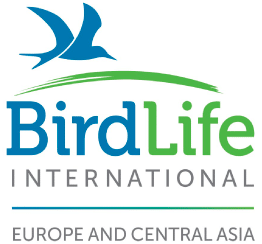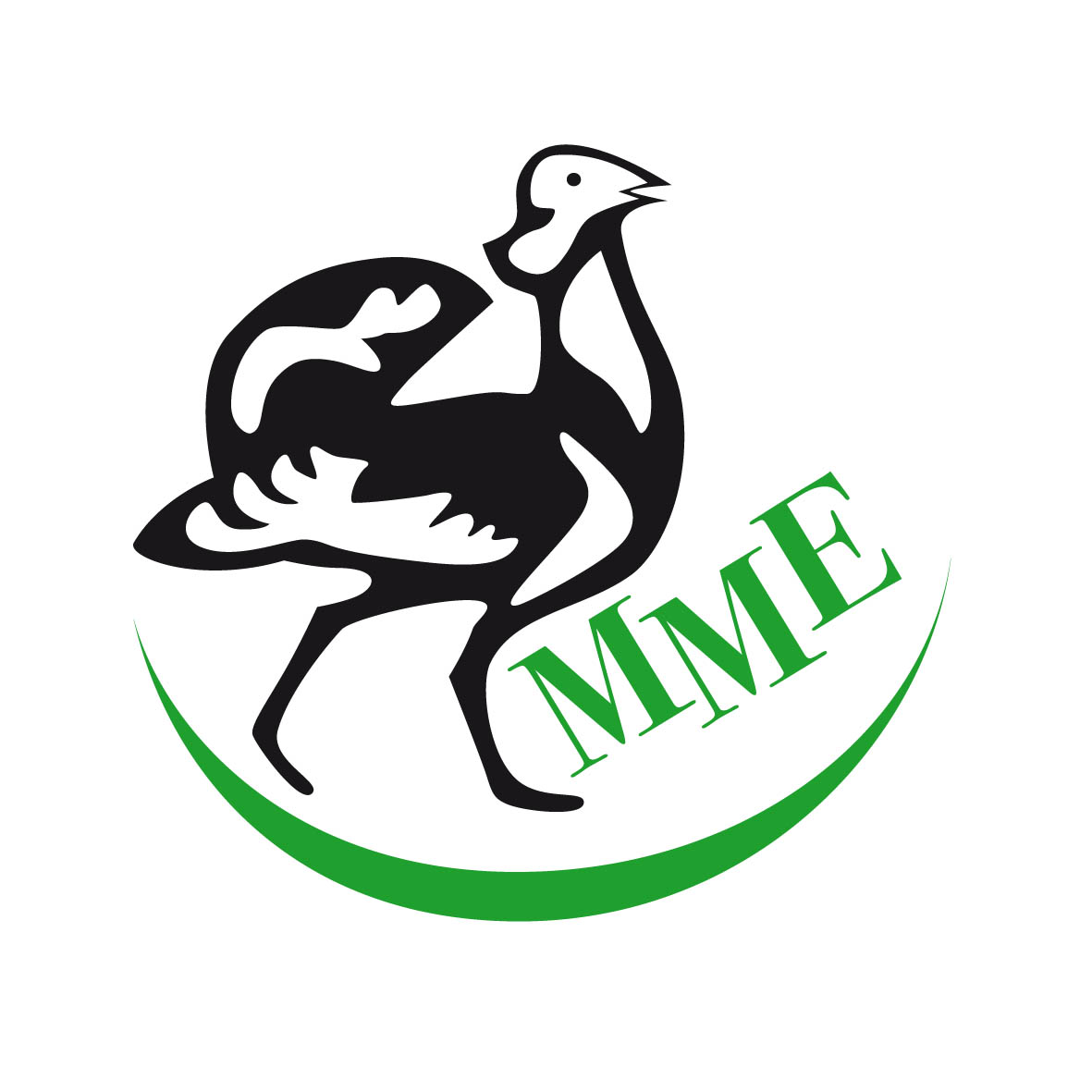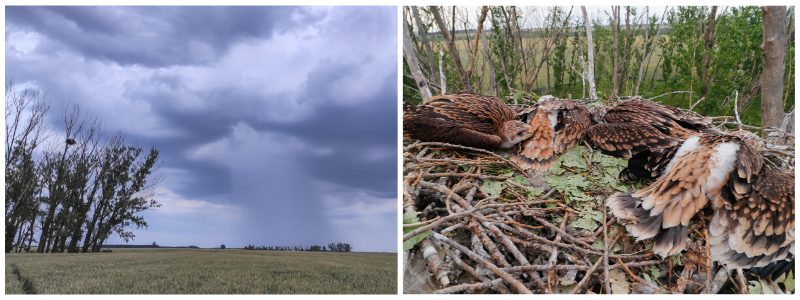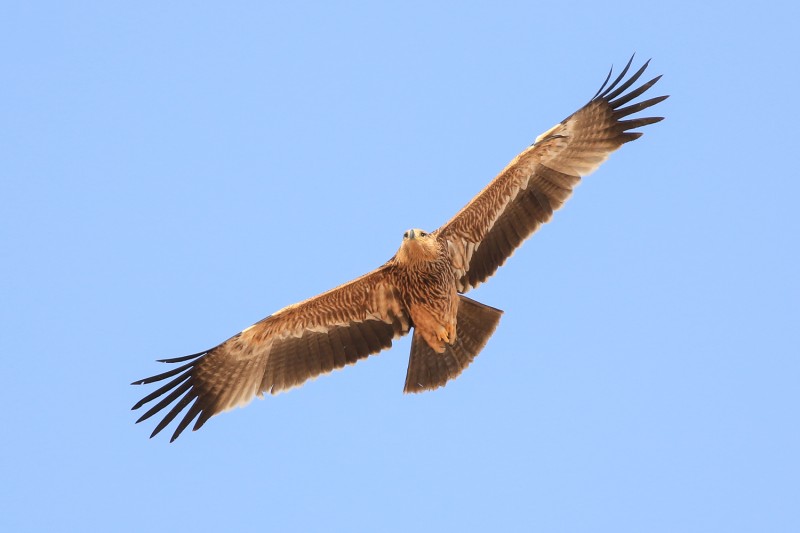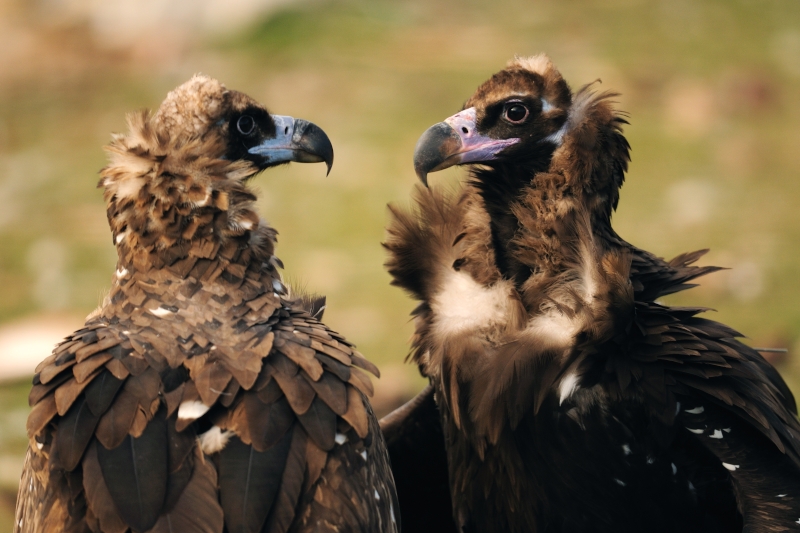Hungary
Climate: Temperate
Habitats: Mountains, plains
Did you know? Hungary is a landlocked country. You can’t go there by boat. But you can fly. Which sounds like a relatively easy thing to do if you’re a bird – but as it turns out, the Hungarian sky is a risky place to flap your wings.
Between 2,300 and 25,700 birds are poached in Hungary every year1.
One of the most pernicious forms of bird crime in the country is the poisoning of raptors. From 2017 to 2019, wildlife poisoning caused the death of 187 individual birds and mammals. Unfortunately only a small number of the poisoned birds are ever found, while the majority remains unnoticed. Illegal poisoning is still the most significant threat for the strictly protected Imperial Eagle (Aquila heliaca); accounting for the death of an entire quarter of all Imperial Eagles. Only licensed firearms, trapping with legal equipment and falconry are permitted. Alas, as the numbers show, the law alone is not enough.
Thankfully for Hungary’s feathered beings, BirdLife’s partner MME is here. MME – the Hungarian Ornithological and Nature Conservation Society, is the leading non-profit nature conservation organisation in Hungary. –To fight poisoning, MME has two amazing four-legged employees: specially trained dogs who can sniff out poisoned baits and carcasses. Based on their success, MME is now helping in the implementation of other anti-poison dog units both nationally and abroad. Among other activities, MME gathers data about bird crime from citizens and relevant stakeholders into a single national database. Working within a National Anti-Poisoning Working Group, all relevant stakeholders (national park directorates, NGOs, veterinarians, police, hunters) provide and receive data for their work. MME also advocates for better enforcement of nature laws – an essential step to counter the country’s illegal killing crisis.
1.Brochet et al. (2017). Illegal killing and taking of birds in Europe outside the Mediterranean: Assessing the scope and scale of a complex issue. Bird Conservation International 27:1–31.
